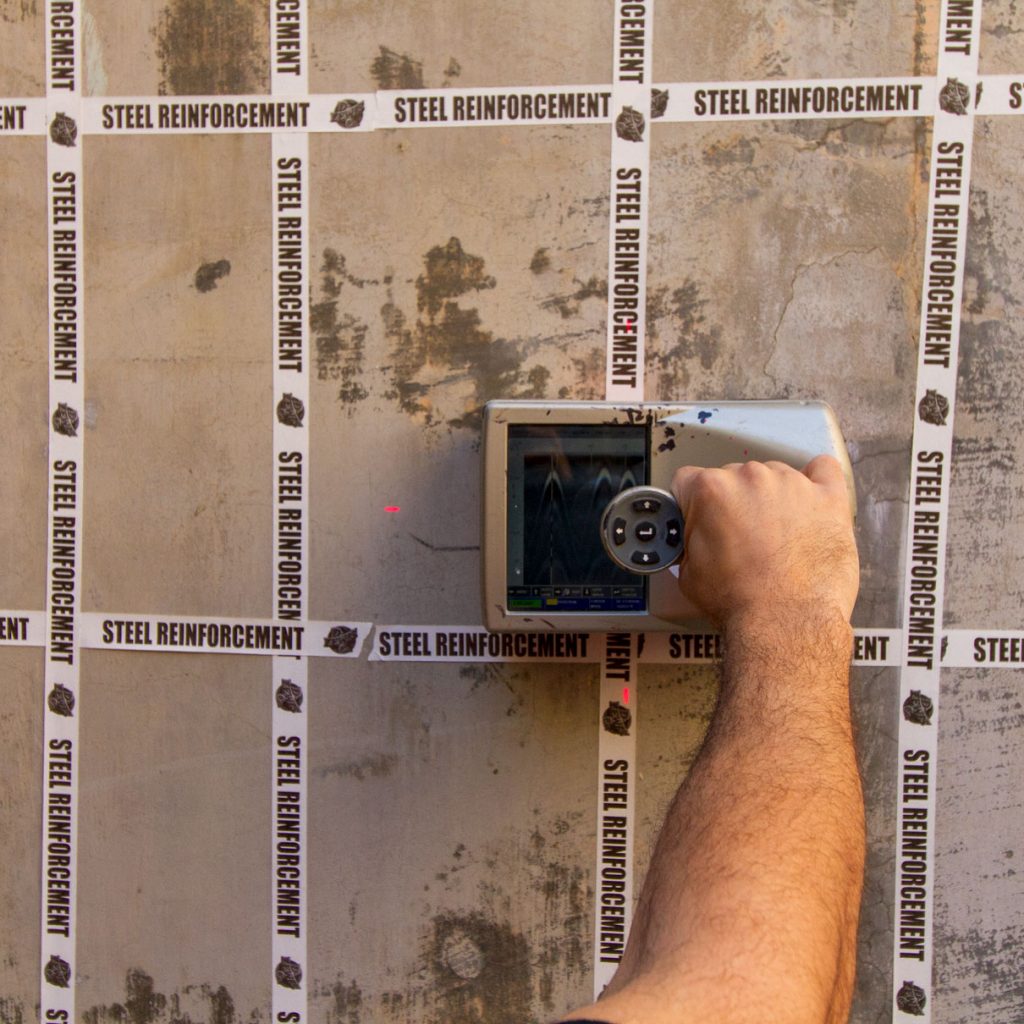Professional Tips for Optimal Concrete Scanning Results
Professional Tips for Optimal Concrete Scanning Results
Blog Article
Looking Into Precision: the Function of Concrete Scanning in Enhancing Construction Safety and Effectiveness
Concrete scanning, an innovation that has obtained significant grip in the industry, plays an important role in elevating these basic aspects of construction tasks. The ramifications of concrete scanning prolong much past surface-level benefits, promising a deep-seated influence on the overall success of building and construction ventures.
Value of Concrete Scanning Innovation
Concrete scanning innovation plays a crucial role in guaranteeing the security and architectural stability of construction tasks. By making use of numerous scanning methods such as Ground Passing Through Radar (GPR) and electromagnetic induction, construction groups can identify ingrained items, rebar, conduits, and other prospective obstructions within concrete frameworks prior to commencing any type of boring or cutting activities. This technology aids stop unintentional damages to vital framework, minimizes the threat of architectural failures, and boosts total job effectiveness.
In addition, concrete scanning improves employee safety and security by providing exact details about the problem of concrete aspects, allowing teams to plan and carry out building activities with accuracy. The capability to envision subsurface attributes in real-time allows task supervisors to make enlightened decisions, mitigate possible hazards, and comply with predict timelines efficiently. In addition, by determining any abnormalities or problems early, building and construction groups can execute rehabilitative actions without delay, staying clear of expensive rework and delays in the construction process.
In essence, the importance of concrete scanning innovation depends on its capacity to guard building jobs, streamline operations, and maintain the highest standards of safety and security and top quality in the market.
Enhancing Security Actions on Website

Concrete scanning modern technology plays an essential duty in boosting safety and security by enabling construction teams to properly locate possible threats such as rebar, avenues, and post-tension wires embedded within concrete frameworks. By recognizing these hazards in breakthrough, workers can take needed preventative measures to prevent mishaps throughout drilling, cutting, or coring activities. This aggressive approach not only safeguards the well-being of employees however also assists in avoiding costly problems to the framework.
Including concrete scanning right into safety and security protocols shows a dedication to prioritizing safety and security on construction websites, inevitably resulting in more reliable and successful job end results.
Enhancing Building Job Planning
Effective job preparation is important for the successful execution of building tasks. Maximizing construction project planning entails a precise approach to organizing, source allotment, and danger management. By leveraging sophisticated technologies like Building Details Modeling (BIM) and concrete scanning, job supervisors can enhance the planning procedure and boost overall project efficiency. BIM permits for the creation of comprehensive 3D designs that offer understandings right into the spatial partnerships in between different job components, aiding to recognize possible clashes and conflicts early on. Additionally, concrete scanning enables the exact detection of subsurface utilities and frameworks, minimizing the threat of costly hold-ups and revamp during the construction phase. By integrating these innovations into the preparation stage, building groups can read the article proactively resolve challenges, boost sychronisation in between various professions, and make sure that tasks are completed in a timely manner and within budget plan. Eventually, enhancing building and construction task planning is crucial for making best use of efficiency, lessening waste, and providing effective end results in the built setting. Concrete Scanning.
Decreasing Project Delays and Dangers
To mitigate job delays and threats, careful preparation and positive danger administration strategies are important in the construction industry. Hold-ups in building projects can result in significant economic losses, damaged online reputations, and also security risks. By using concrete scanning innovation, building groups can recognize potential risks such as underground energies, rebar, or post-tension cables before they rise right into costly issues. This proactive approach enables adjustments to be made to the task strategy, decreasing the chance of hold-ups as a result of unforeseen barriers.
Having backup strategies in place for typical risks in building and construction, such as unfavorable weather problems or material scarcities, can aid alleviate the effect of these aspects on project timelines. By prioritizing preparation and threat administration, building teams can reduce task delays and risks, eventually leading to more effective and reliable outcomes.
Improving Overall Effectiveness and Efficiency
Given the significance of careful preparation and aggressive risk management in reducing job delays and dangers in building and construction, a focus on improving general performance and performance becomes necessary. Improving efficiency and productivity in building original site tasks involves improving procedures, enhancing source appropriation, and reducing downtime. Investing in tools and methods that focus on performance and productivity not only advantages specific construction jobs yet also contributes to the total growth and success of the construction industry.

Conclusion
Finally, concrete scanning technology plays an essential role in boosting building and construction security and efficiency by boosting safety and security actions on website, enhancing job preparation, minimizing dangers and delays, and ultimately raising total efficiency. This modern technology is necessary for guaranteeing the effective completion of building and construction projects while focusing on the safety of employees and minimizing possible risks. Its execution can significantly profit the construction sector in achieving greater degrees of precision and performance.
Concrete scanning innovation plays an essential duty in guaranteeing the safety read what he said and security and architectural honesty of building tasks. Furthermore, by identifying any type of flaws or anomalies early on, construction groups can execute corrective measures without delay, preventing costly rework and hold-ups in the building procedure.
Efficient task planning is necessary for the successful implementation of building tasks. Spending in tools and practices that prioritize performance and productivity not just benefits private construction projects but likewise adds to the general development and success of the construction industry.
In conclusion, concrete scanning technology plays an important function in improving building security and effectiveness by enhancing security procedures on site, enhancing job planning, reducing dangers and hold-ups, and inevitably raising total performance. - Concrete Scanning
Report this page